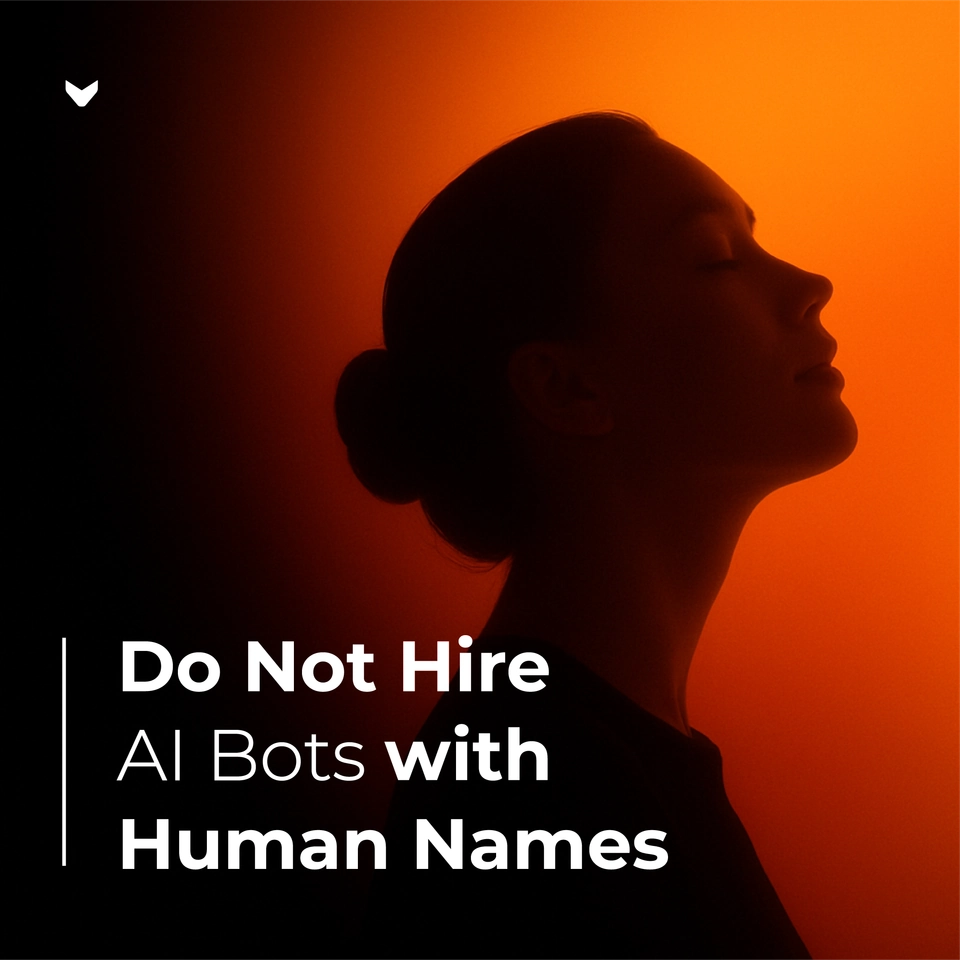- Introduction
- What is diversity training?
- Advantages of diversity training
- 3. Diversity training increases awareness of biases
- 4. Emphasising that diversity is of high priority is important
- Disadvantages of diversity training
- Take home message
Does diversity training work? The advantages and disadvantages of one of the most popular DE&I solutions
Introduction
In the last decade, diversity, equity and inclusion (DE&I) has become a rising concern for organizations, with a 32% increase in the number of executives now prioritizing DE&I compared to in 2014 [1].
The moral/social justice case for addressing DE&I issues is a key argument, however emerging research has started to highlight the benefits of DE&I at various organizational levels. For instance, according to a Changeboard study, diverse teams collaborate up to 57% more effectively compared to other, non-diverse teams [2]. Consequently, diverse companies are more profitable, more likely to capture new markets and their employees are more actively engaged in their work [3],[4],[5].
There are various DE&I solutions currently being used by organizations today, one of the most popular being unconscious bias training. With as many as 81% of organizations using some form of unconscious bias training, diversity training is a billion-dollar industry in the US alone [6], [7]. But is diversity training really all that it is cracked up to be?
First let’s start by having a brief look at what diversity training entails.

What is diversity training?
Workplace diversity training emerged in the mid-1960s following the introduction of the Civil Rights Act 1964, protecting individuals against employment discrimination based on race, color, religion, sex or national origin [8]. Originally diversity training was developed to protect organizations against, and settle, civil rights suits, such as the class-action lawsuit at Xerox in the 1970s [9]. With the workforce becoming increasingly diverse, bias training has, since, evolved to boost productivity amongst teams [10]. For instance, from the 1960s to 1980s, corporate training broadened to target employee personality traits, enlightening managers on how they can effectively manage an increasingly diverse workforce [11]. Today, unconscious bias training comes in various forms: some focus on addressing biases and prejudices, others aim to boost employee awareness about different organizational diversity problems, helping develop interpersonal communication skills to build a positive work environment.
Although the intentions for unconscious bias training may have changed with time, its premise remains: by increasing awareness of our inherent biased attitudes we should produce fewer biased behaviors. But how efficient is this in practice?
Let us take a look at the pros and cons of diversity training to find out.
Advantages of diversity training
1. Improvement of minority representation within companies
There is research to suggest that unconscious bias training can improve workplace diversity. For instance, one study has shown that voluntary diversity training improves racial and ethnic representation in companies, leading to a 9-13% increases in Black men, Hispanic men and Asian American men and women in management after five years [12]. Further to this, a 40 year meta-analysis of 260 companies found that diversity training was more successful when complemented with other diversity initiatives [13].
2. Increased sense of inclusion and belonging
Diversity training signals to employees that diversity is of organizational value, so it could be thought that employees feel a stronger sense of inclusion and belonging in the workplace. Increased inclusion promotes harmony amongst employees which leads to better teamwork and workplace performance. Organizations that have inclusive cultures are also shown to be three times higher performing and more likely to achieve better business outcomes than organizations that lack an inclusive culture [14].
3. Diversity training increases awareness of biases
For many people, diversity training is the first form of education they receive on biases. By learning and understanding the nature of our biases, diversity training has the intention of challenging our internal associations, with evidence suggesting its efficacy in raising awareness and educating individuals on the discrete actions they can take [15]. Increasing awareness of biases encourages people to think twice before making a decision, allowing themselves to question whether there was the potential for any internal biases to influence that decision.
As an example, the choice-supportive bias can cause one to favor candidates who have performed better in the earlier stages of recruitment. Awareness of this bias could result in a hiring manager taking a more holistic approach to their performance, removing weight from their initial interactions. Read more about different biases that can arise during the recruitment process here.
4. Emphasising that diversity is of high priority is important
Jobseekers nowadays demand for companies to be more diverse, with more than 3 out of 4 jobseekers reporting that a diverse workforce is an important factor when evaluating companies and job offers [16]. Studies have found that a perceived diverse climate is positively related to employees’ organizational loyalty [17]. Since diversity training programs indicate the organization’s attempts to encourage a diverse workplace, it could be assumed that implementing such schemes may increase employees’ organizational loyalty.
The emphasis on DE&I is likely to also attract a more diverse range of candidates and open windows for new opportunities, as it signals to stakeholders that diversity training is of organizational value. However, organizations need to consider why they're wanting to implement a diversity training programme, if it is solely for enhancing company image then this may be considered virtue signaling which should be avoided.
After discussing the advantages, it seems diversity training is beneficial, and while for many, diversity training is the first educational piece on organizational diversity issues. So why is it that some organizations have decided to reject such trainings? In 2020, the Civil Service decided to ‘scrap’ unconscious bias training with ministers saying it does not work [18]. Let us dive deeper into some problems with diversity training to investigate why some organizations are deciding to advocate for other DE&I methods.

Disadvantages of diversity training
1. Diversity training might not actually have as much of a positive impact as we think
Diversity training does enhance knowledge about different protected characteristics and it can affect our behaviors and attitudes towards others, but there is limited evidence of statistical significance to suggest that diversity training leads to behavior change [19]. Moreover, any changes in attitudes after training are usually self-reported, so may not be reliable. Even with changes in initial attitudes, the lack of conclusive evidence that unconscious bias training has any sustained impact on behavior and emotional prejudice is not enough in itself to create diverse and inclusive organizations [20].
Despite some knowledge from the diversity training usually being retained, diversity training does not have the power to rewire our brains. Our attitudes and behaviors are developed over many years and our internal biases are biologically hardwired within us. As a consequence, the effects of diversity training fade over time, with behaviors and attitudes eventually reverting back [21]. For companies to reap the benefits of diversity training, they must offer regular diversity training for their employees. For some, this may not be feasible and consequently these methods may not the most effective.
2. It is hard to measure the impact of training
Companies that do not regularly collect and review data alongside diversity training are less likely to reap any benefits of the training, as it is difficult to understand where more training is needed and where training has helped the most. There is debate over which metrics to use when measuring the impact of training, and with the nature of these trainings, results are not always immediate and some of the most important impacts of training are very difficult to quantify [22]. Furthermore, since it is recommended to have regular and different diversity trainings, it is hard to pinpoint if one training scheme is more effective than another. Therefore, it is not only hard to measure the impact of diversity training in general but also makes it difficult for companies to decide which training scheme to implement.
3. The focus is narrow and perhaps does not tackle wider scale diversity issues within organizations
The focus of unconscious bias training is generally on helping individuals recognize their own biases and understand how these biases, if not challenged, can affect decision making. What unconscious bias training may fail to draw attention to is the complex and multifaceted nature of DE&I issues within organizations. For instance, diversity training doesn't specifically address biases within the hiring process, which is where DE&I issues stem from. During the hiring process, hiring managers/recruiters are required to make a large number of high-quality decisions quickly.
Although unconscious bias training can raise awareness of our biases during the hiring process, due to their nature, we cannot prevent them from emerging. It would therefore be more effective to prevent these biases from occurring in the first place through measures, such as blind recruitment. Blind recruitment can redact parameters from CVs that could trigger our unconscious biases, allowing recruiters to focus only on objective information that predicts performance.
4. Diversity training may not be the most economic method for increasing diversity
On top of the actual cost of diversity training, it often requires whole teams or organizations to take a day out of their schedule. Most diversity programs cost between $20 to $50 per employee [23], and if repeated training is needed for the effects to remain then this could end up being a very cost-inefficient way to increase diversity within a workplace.
Take home message
Diversity training emphasizes the importance of DE&I at an organizational level, can create an inclusive culture within the workforce and raise awareness of our biases. Although there is evidence to suggest that unconscious bias training increases awareness of our internal bias, there is limited evidence to suggests this form of training removes biased behavior and increases DE&I within organizations. One possible explanation for this is that this method fails to take into account that diversity issues within organizations are complex and multifaceted, with problems starting in the hiring process.
Biases are hardwired within us and the best way to challenge them is to prevent them from occurring at all. This can be done by addressing biases in the hiring process directly via methods such as blind recruitment and de-biasing interviews, which you can read more about here.
Companies that do implement unconscious bias training can maximize the impacts of such trainings via making the training voluntary and repeatable and embedding the training as part of a larger approach to DE&I [24].
Author: Ellica Mellor (Digital Marketing Intern)
Start Building a Fairer Workplace With Us
Dive into the future of work with our expertly crafted solutions. Experience firsthand how MeVitae’s AI-driven solutions can make a difference. Request a demo or consultation now.
